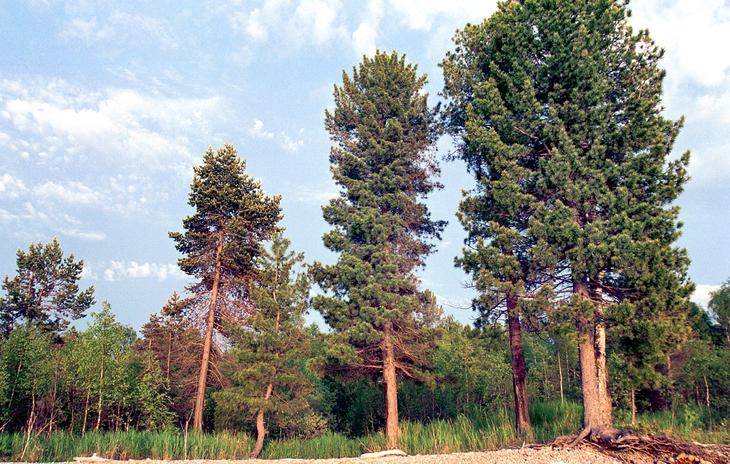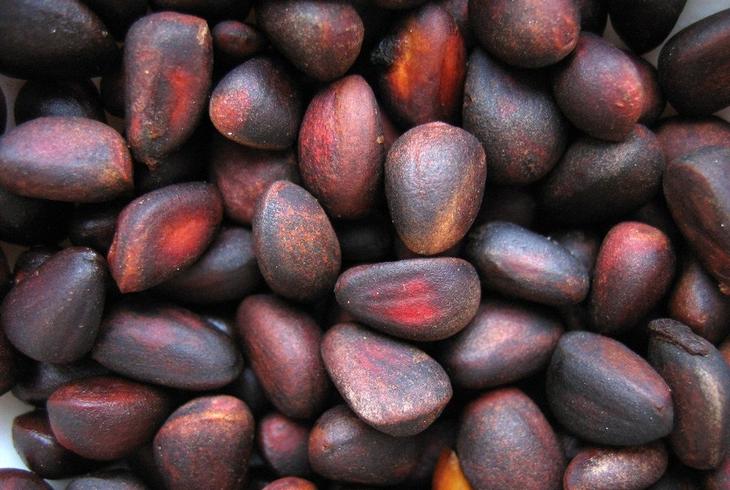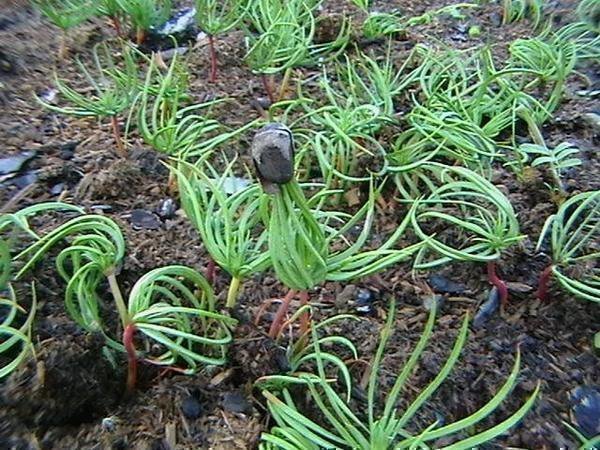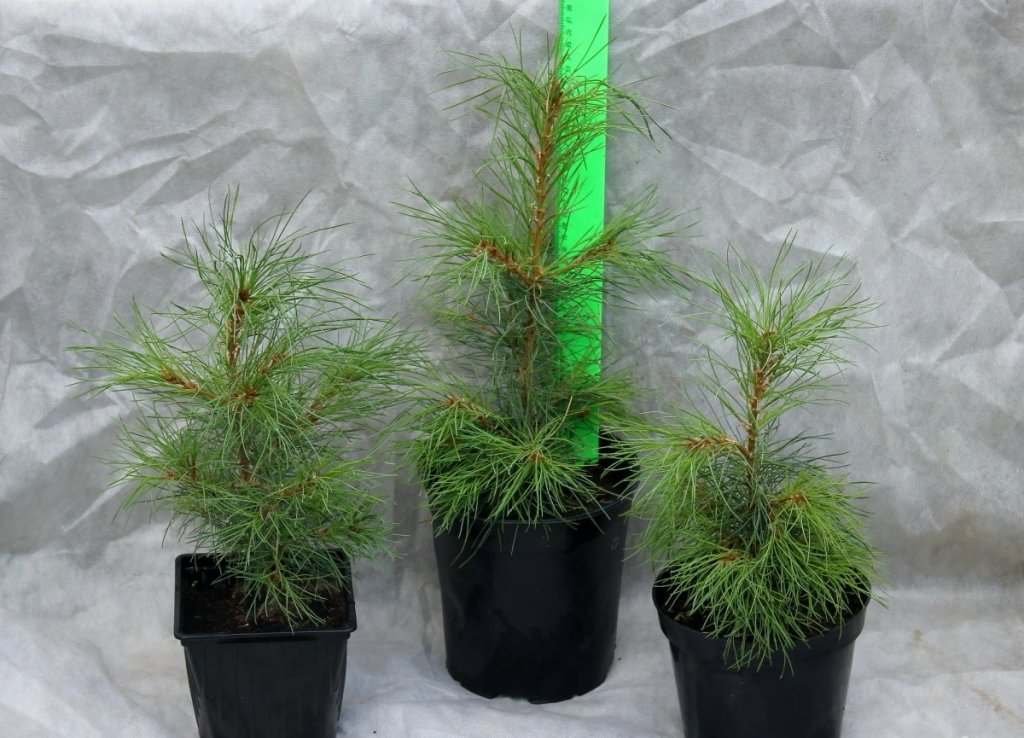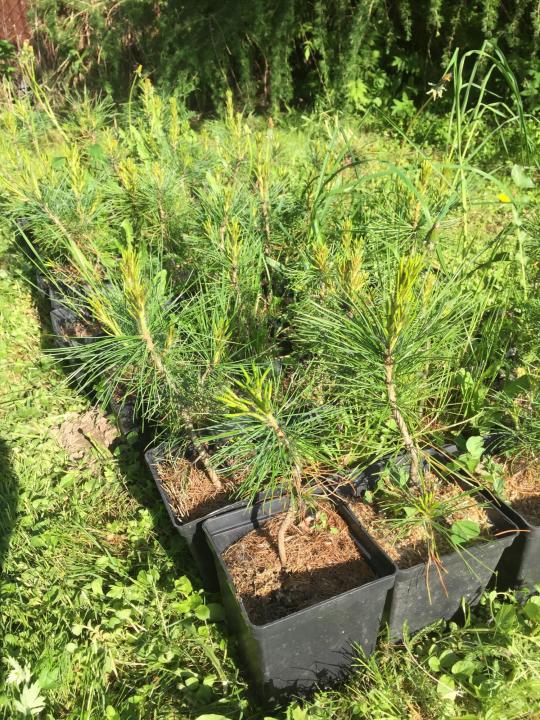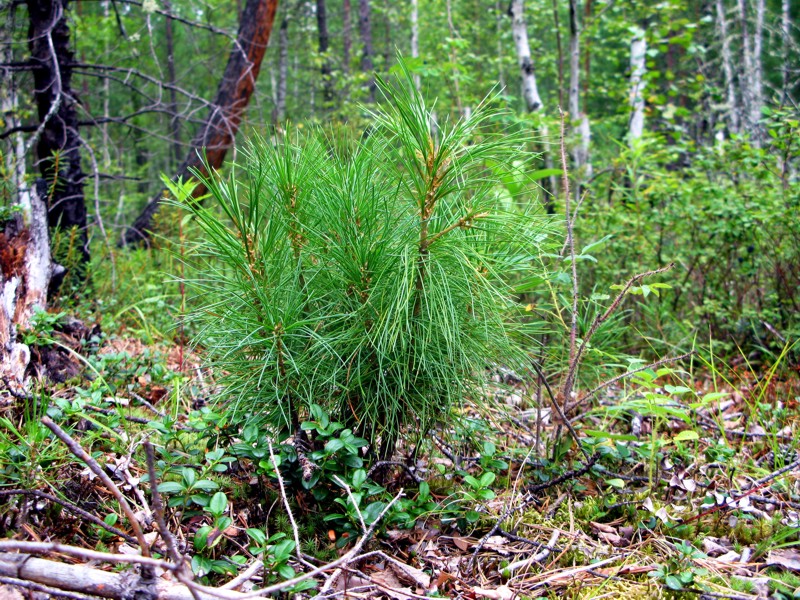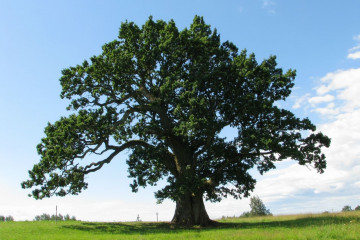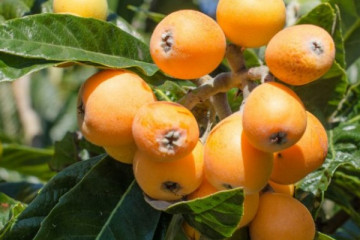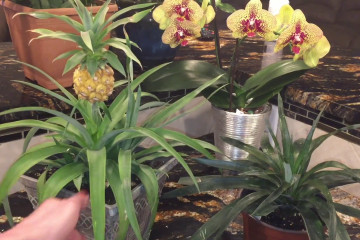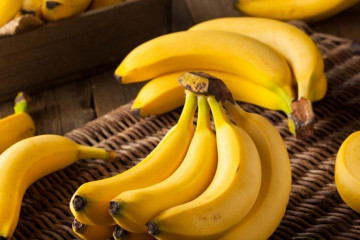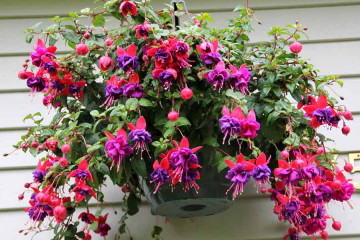How to grow a cedar from a nut at home
Content:
A stately fluffy handsome cedar, a symbol of health and well-being, will become a decoration of any garden. In nature, the tree is considered a long-liver: on average, the cedar lives for 400 years, reaching a height of 40 m or more. Cedar trees begin to bear fruit in their natural environment in 40-60 years. A place for a future planting is chosen based on the size of an adult tree. The roots of cedar pine grow in width with age and can damage the foundation of buildings.
How to grow a cedar from a nut at home
Growing a cedar from a nut at home is not a quick task, but an exciting one. As a result, there will be a spectacular evergreen tree on the plot near the house, capable of not only producing tasty and healthy fruits, but also saturating the air with plant antibiotics - phytoncides.
Where to get the necessary seed composition
The first step is to acquire quality planting material. In nature, cedar pine reproduces by seeds that mature in cones for two years. Seed for planting needs to be purchased in specialized gardening stores, nurseries, on Internet sites. Planting material should be stored at optimal temperature for no more than a year.
How to germinate pine nuts at home
The nuts selected for sowing should be large, with an intact shell, without signs of mold and an unpleasant odor. For the prevention of fungal diseases, the inoculum is etched in a weak solution of potassium permanganate (potassium permanganate) for 2-3 hours.
After ripening, cedar pine seeds need winter rest. To germinate a pine nut, to increase seed germination at home, stratification is needed that mimics natural processes. Step by step process:
- Selected nuts are spread on a gauze or paper towel at a distance of 1-1.5 cm.
- Moisten abundantly with water. In this case, it is convenient to use a spray bottle.
- The moistened seeds are covered with another layer of gauze, re-moistened on top of a napkin.
- After placing the prepared nuts in a plastic container, they are sent to the refrigerator for preservation.
This process takes at least three months at temperatures up to 50 ° C.
Care of young plantings
With the onset of spring, daylight hours increase, and then stratified seeds can be sown into the prepared soil. It should be lightweight, breathable and permeable. A mixture of sand and peat in a ratio of 1: 3 or a commercially available mixture for conifers is suitable as a planting soil.
Growing tank
You can use ordinary balcony flower containers, wooden or plastic boxes for germination. To prevent the soil from spilling out through the holes, the bottom is lined with covering material, cardboard or gauze.
Planting and watering rules
Seeds are planted with a sharp end down, without deepening, but only slightly pressing, at a distance of 2-3 cm between the strips and exposed for germination on a window or under a phytolamp. Water the nuts immediately after sowing; in the future, the soil must be moistened regularly, avoiding drying out. In order not to harm the sprouted sprouts, they will moisten the seedlings from a spray bottle. To provide air access, the soil is carefully loosened with a toothpick.
It will take 15-20 years to grow a cedar from a nut to its first fruits at home with sufficient lighting. Seed germination is 30-50%. The growing season for cedar pine is very short, only 40-45 days a year. This causes the plant to grow slowly.
How to transplant a cedar
The first transplant of a cedar seedling, by analogy with diving, will be transplanting into a separate container or into a nursery school. Before transplanting a cedar, it is important to find out the details: plants need good lighting, while direct sunlight on a summer afternoon is destructive for them.
It is imperative to monitor soil moisture. Regular watering will provide a comfortable environment for the growth of young pines. In summer, you can arrange a shower for seedlings and adult plants. This should be done in the late afternoon, after the heat subsides, so as not to provoke sunburn on the needles.
The roots of cedar pine grow close to the surface, they can rot from an excess of moisture.
The average age of a seedling for permanent planting is 3-5 years. Plants develop in different ways, seedlings of the same age can vary significantly in size. It is better to focus on the size of the tree. Large, well-developed ones can be planted earlier, the rest are left to grow for another year. The optimum height for planting is 1.5-2 m.
Cedar is a large, powerful plant, the distance between seedlings must be kept at least 3-4 m. The root system of conifers has a main root-core and numerous branches that grow at the soil surface. Lightweight soil is necessary for proper air circulation.
A tree hole is dug 1.5-2 times wider than the root ball. Fill in half with a mixture of peat, humus and sand, which will provide the young pine with nutrients.
It is imperative to mulch the root area, thus maintaining moisture around the roots, inhibiting the development of weeds. If the soil is heavy, clayey, a layer of mulch protects the plant from drying out in winter.
The correct option, close to natural conditions, is coniferous-deciduous litter, moss. Mulching promotes the formation of adventitious roots, which enhance the nutrition of the plant and accelerate its growth. The mulch layer needs to be renewed every year.
Cedar pines are not afraid of temperature drops. They can withstand both frost and heat and do not suffer from recurrent frosts. With age, the annual growth is 50 cm.
Starting from the age of 10, young trees do not need special care, except for fertilization every three years.
Crown formation
Cedar pines can be used in container plantings, in open areas, and even as bonsai. To preserve decorativeness, cedar, like any coniferous or deciduous plant in the garden, undergoes crown formation from an early age. You can create a sprawling tent tree with low branches by removing the lower branches of the tree during the first 10 years at a height of 2-2.5 m from the root.
Having removed the branch flush with the trunk, the wound is covered with garden pitch. This procedure is carried out before the beginning of the growing season of the plant, in winter or autumn.
Cedar is a coniferous or deciduous tree
This is, of course, a coniferous plant. In addition, sometimes Siberian cedar pine is often called cedar, although in fact they are two different types of plants.
According to the encyclopedic description, Siberian cedar pine (Siberian cedar) is an evergreen coniferous plant, one of the species of the Pines genus. The length of the needles is 7-10 cm.
Pine nuts are harvested on an industrial scale in Siberia and the Urals. Delicious, rich in vitamins and amino acids, they serve as raw materials for cedar nut oil. Cedar resin resin has a pronounced disinfecting and healing effect.
Light, durable wood has a beautiful yellow-pink color, very fragrant. Used for the production of furniture, pencils, musical instruments.
The foliage rich in different shades is highly decorative; in parks around the world you can find group and single plantings of the Siberian giant.
Growing cedar is difficult, but possible. The main thing is to follow the sequence of actions and buy high-quality planting material in advance.
